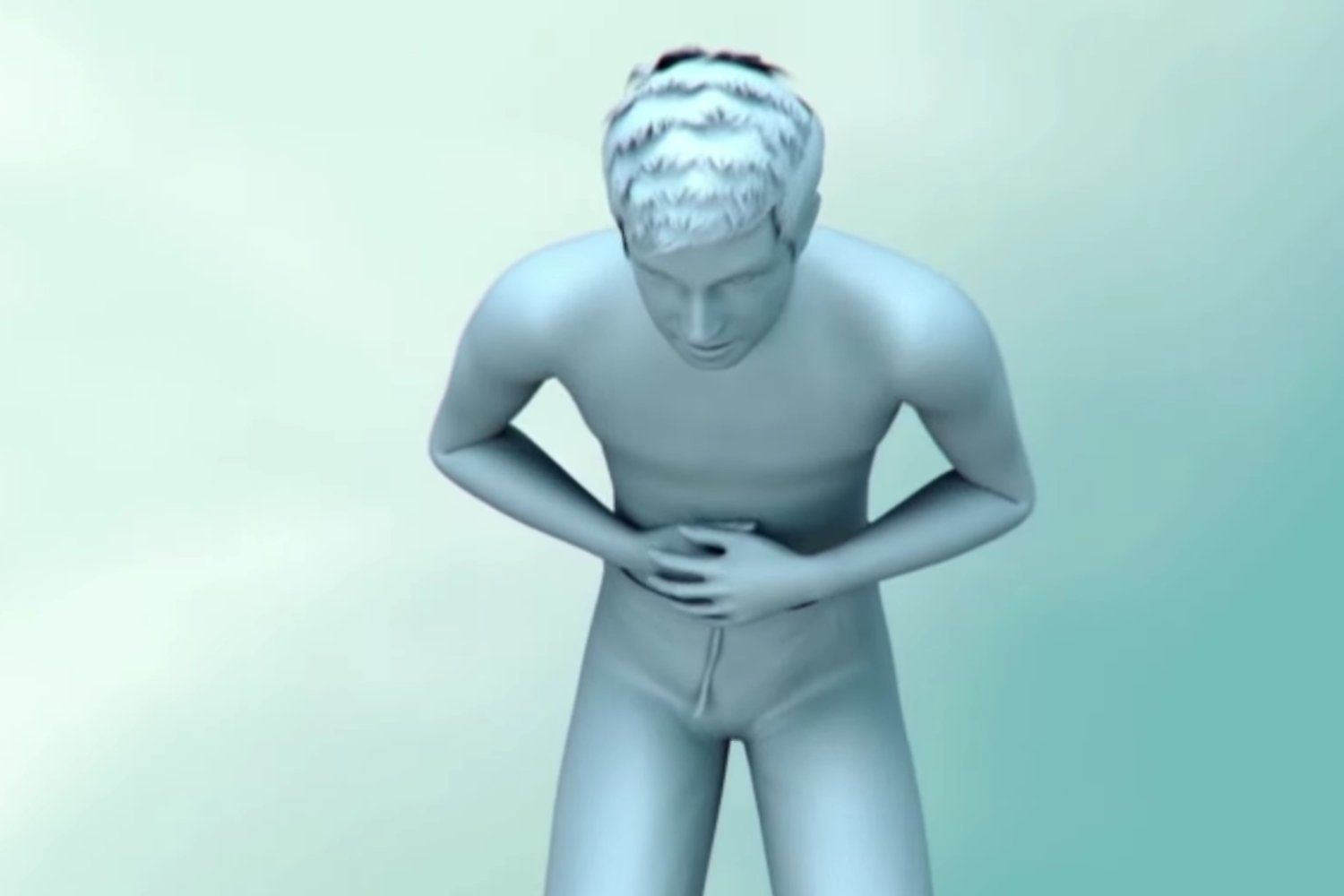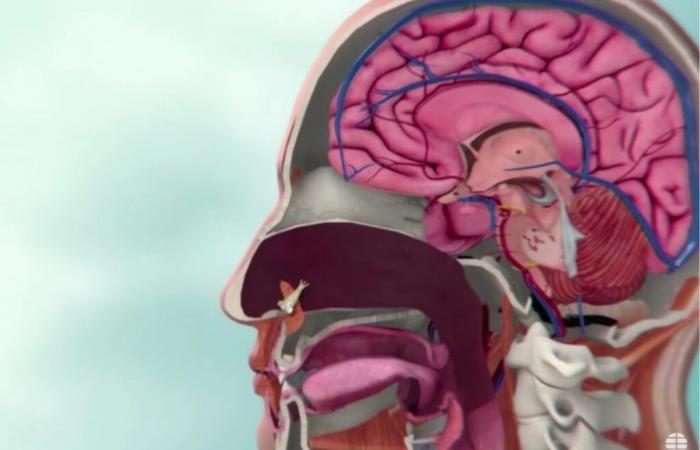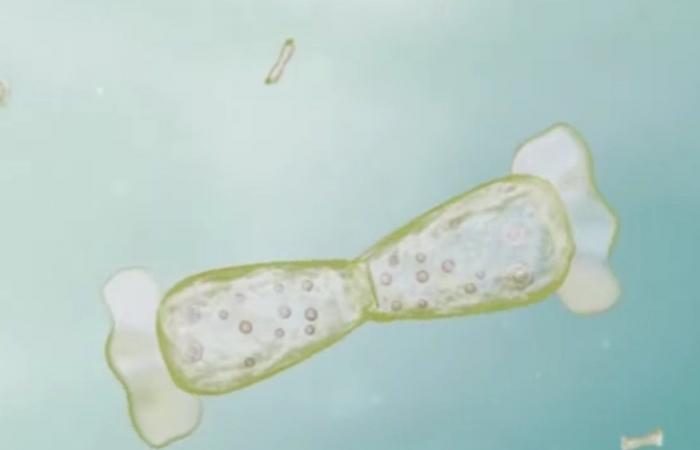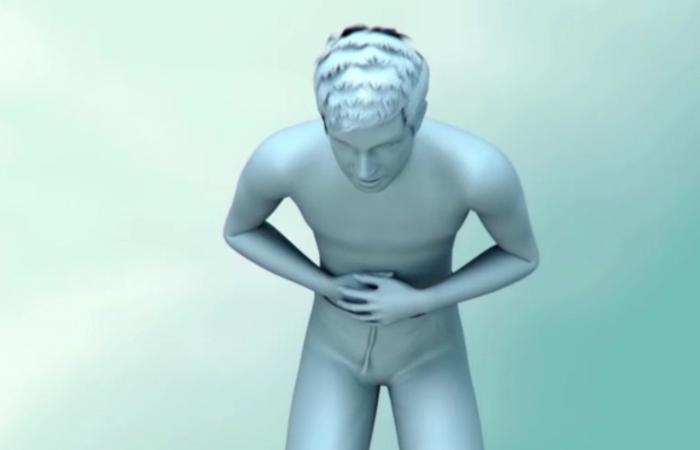Science has identified a new medical concern: a microscopic amoeba, almost invisible, but capable of destroying the human brain in a matter of days. Although rare, its lethality rate touches 97%, and experts warn that global warming is facilitating its expansion towards increasingly temperate regions. Here we tell you what it is, how it acts and why it could become a major threat in the coming years.
A lethal enemy in warm waters
In the first months of 2024, the state of Kerala (India) registered an alarming figure of 15 cases of primary amebian meningencephalitis (PAM), a brain disease caused by AMEBA Naegleria Fowleriknown as the “Devorador brain amoeba.” This figure contrasts with the annual average of a single case. Among the victims there were children, adolescents and young adults who simply cool in ponds, rivers or pools without proper treatment.
Although the PAM is rare, its progress worries: it already affects 39 countries and the rate of global infections grows 4.5% per year. The deaths registered in India, Pakistan, Israel and the United States are only the tip of the iceberg. The body thrives in temperate and poorly maintained fresh water, such as lakes, swimming pools, hot springs and even private systems taps. In Pakistan, for example, about 20 annual deaths are notified.
According to CDC, 85% of infections occur in summer, when high temperatures encourage both the proliferation of amoeba and human contact with bodies of water. Several recent studies already point out that climate change is expanding its habitat towards the north, which makes previous areas safe into potential spotlights of contagion.
How it acts and why it is so difficult to stop
Ameba enters the body through the nose and, following the olfactory nerve, reaches the brain. There, it destroys brain tissue directly or by liberation of toxic substances. The first symptoms – head of head, fever, nausea – quickly evolve towards hallucinations, coma and death. The margin to act is minimal: the average incubation is five days, and most victims die in less than a week.
One of the greatest difficulties is its diagnosis: it is often detected only after death, and its symptoms are confused with those of common diseases such as flu or bacterial meningitis. In the US, only four of 152 infected people survived. In India, it is estimated that 70% of cases go unnoticed.
Even in developed countries, treatment is difficult. Miltefosine, one of the few effective medications, is not always available on time. According to researchers, the lack of medical training and specific emergency protocols further hinders the early response.
Climate change and new risk scenarios
Specialists from all over the world agree that climate change is promoting the progress of this threat. Heat waves, extreme rains and droughts create the ideal environment for Naegleria Fowleri Colonize bodies of water in cold regions. It is no longer just a tropical problem: areas of northern United States and Europe could become vulnerable.

A 2023 study in Pakistan described him as a growing public health problem. Researchers such as Yun Shen warn that, given the expansion of AMEBA, it is urgent to train health professionals to identify and treat PAM quickly. They also recommend avoiding the head in warm and poorly treated waters, and using nasal tweezers when swimming.
But not everything is hopeless. In a recent outbreak in Kerala, the early diagnosis of six cases allowed to start treatment in time, and all patients survived. According to doctor Aravind reghukumar, this shows that, although the mortality rate is high, there is a window of opportunity: if it acts quickly, it is possible to survive.
Fuente: National Geographic.








